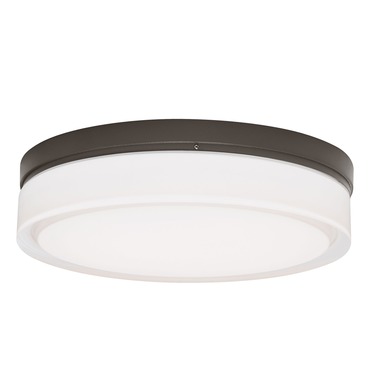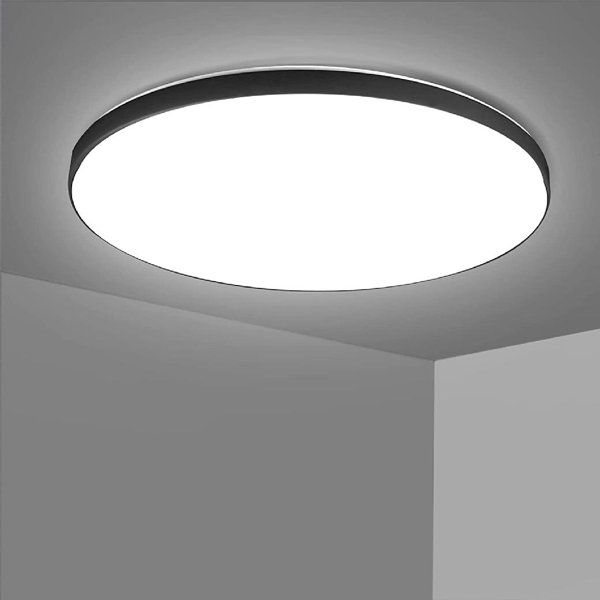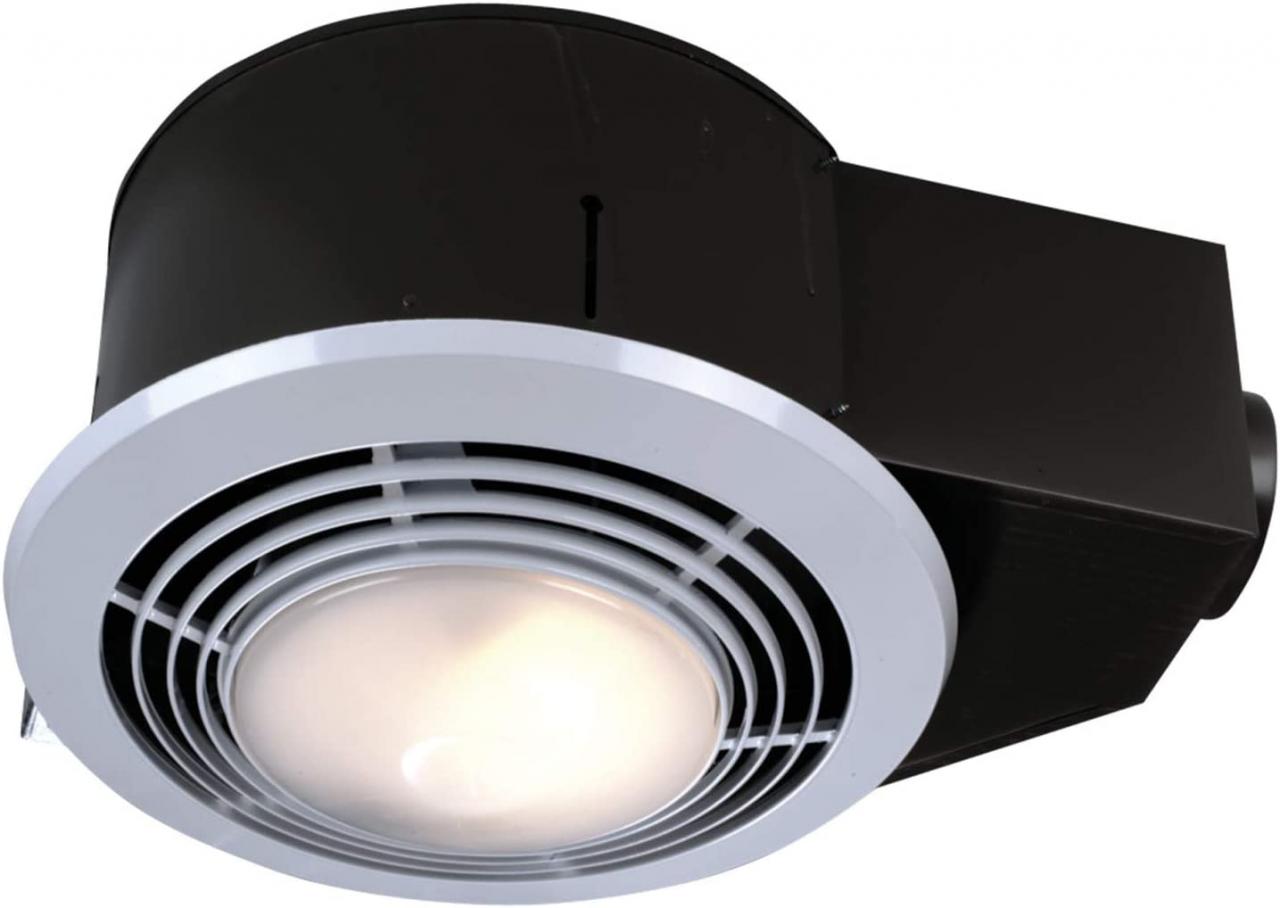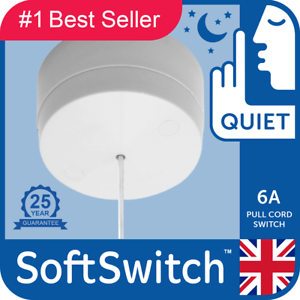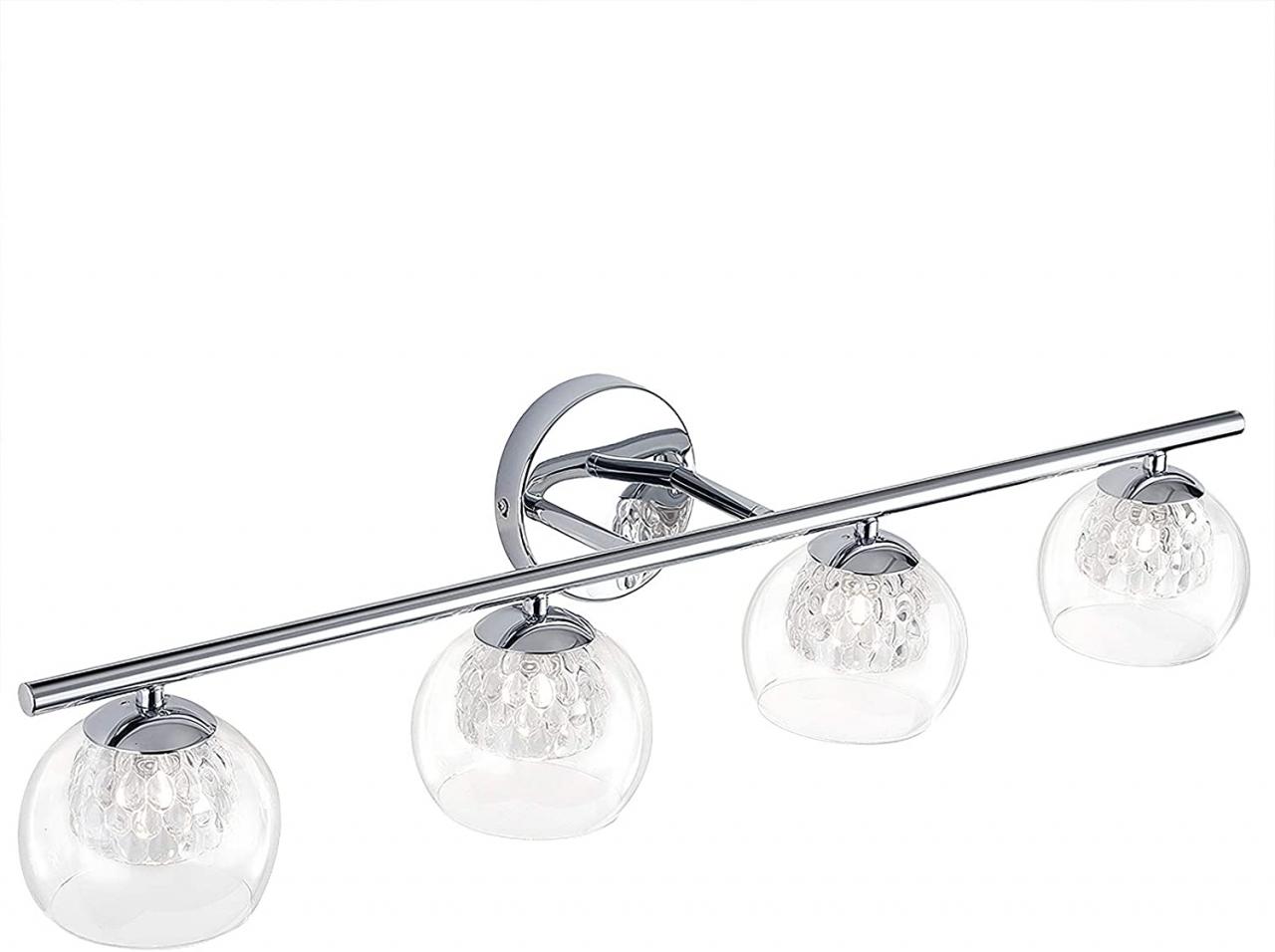Types of Bathroom Ceiling Light Fittings: An Overview
Selecting the right ceiling light fittings for your bathroom can transform the space, enhancing both functionality and aesthetics. With numerous options available, it’s important to understand the different types to make an informed decision. Here are six popular types of bathroom ceiling light fittings to consider.
- Flush Mount Lights: Flush mount lights are installed directly against the ceiling, making them ideal for bathrooms with low ceilings. They provide ample general lighting and come in a variety of styles, from sleek modern designs to more traditional looks. Flush mounts are a practical choice for creating a well-lit, uncluttered space.
- Semi-Flush Mount Lights: Semi-flush mount lights hang slightly below the ceiling, offering a bit more decorative flair while still providing good overall illumination. These lights are suitable for bathrooms with moderately high ceilings. Semi-flush mounts can add a touch of elegance and are available in a wide range of designs.
- Recessed Lighting: Recessed lights, also known as can lights or downlights, are installed into the ceiling, providing a sleek, modern look. They are ideal for creating a clean, uncluttered appearance and can be used to highlight specific areas or features in the bathroom. Recessed lights are also great for low ceilings and small spaces.
- Pendant Lights: Pendant lights hang from the ceiling on a rod or chain, making them a stylish choice for bathrooms with higher ceilings. They provide focused lighting and can serve as a statement piece in the room. Pendants come in various shapes, sizes, and materials, allowing you to add a personal touch to your bathroom decor.
- Chandeliers: Chandeliers add a touch of luxury and sophistication to any bathroom. While they are typically associated with dining rooms and entryways, small chandeliers can work beautifully in larger bathrooms or those with high ceilings. They provide ample light and can serve as a stunning focal point in the room.
- LED Panels: LED panels are thin, flat light fixtures that offer bright, even illumination. They are energy-efficient and can be installed flush with the ceiling, making them perfect for modern bathrooms. LED panels are available in various sizes and can be dimmable, providing versatility in lighting levels.

Choosing the Right Light Fittings for Your Bathroom Ceiling
Choosing the right light fittings for your bathroom ceiling is crucial for both aesthetics and functionality. The right lighting can enhance the room’s ambiance, improve visibility, and complement your bathroom’s design. Here are six factors to consider when selecting bathroom ceiling light fittings.
Assess Your Bathroom’s Size and Layout
The size and layout of your bathroom play a significant role in determining the type and number of light fittings you need. A small bathroom might only require a single flush mount light, while a larger bathroom could benefit from multiple light sources, such as recessed lights combined with a pendant or chandelier.
Determine the Ceiling Height
Ceiling height affects the type of light fittings you can use. For low ceilings, flush mount or recessed lights are ideal as they don’t take up much space. For higher ceilings, you can opt for pendant lights or chandeliers to add visual interest and provide adequate illumination.
Consider the Style of Your Bathroom
Your light fittings should complement the overall style of your bathroom. For a modern bathroom, sleek LED panels or minimalist recessed lights work well. If you have a more traditional or vintage bathroom, consider ornate chandeliers or semi-flush mount lights with classic designs.
Evaluate Lighting Needs
Think about the different lighting needs in your bathroom. General lighting provides overall illumination, task lighting focuses on specific areas like the vanity, and accent lighting highlights architectural features or decor. Choose light fittings that cater to these different needs for a well-lit bathroom.
Choose the Right Bulbs
The type of bulbs you choose can impact the ambiance and functionality of your bathroom lighting. LED bulbs are energy-efficient and long-lasting, making them a popular choice. Consider the color temperature of the bulbs as well; warm light (2700K-3000K) creates a cozy atmosphere, while cool light (3500K-5000K) is better for task lighting.
Ensure Safety and Compliance
Bathrooms have high humidity levels, so it’s important to choose light fittings that are rated for wet locations. Check the IP (Ingress Protection) rating of the fittings to ensure they are suitable for bathroom use. Additionally, make sure the fittings comply with local electrical codes and safety standards.
Installation Guide for Bathroom Ceiling Light Fittings
Installing bathroom ceiling light fittings may seem daunting, but with the right tools and guidance, it can be a manageable DIY project. Proper installation ensures safety and maximizes the functionality and aesthetics of your bathroom lighting. Here are six steps to help you install your bathroom ceiling light fittings.
Gather the Necessary Tools and Materials
Before starting, gather all the necessary tools and materials, including the light fitting, screws, screwdriver, drill, wire connectors, wire stripper, voltage tester, and ladder. Make sure you also have safety gear like gloves and safety glasses.
Turn Off the Power
Safety is paramount when working with electricity. Turn off the power to the bathroom at the main circuit breaker. Use a voltage tester to ensure the power is off by testing the wires in the ceiling box. Double-checking this step can prevent electrical shocks.
Remove the Old Light Fitting
If replacing an existing light fitting, remove it by unscrewing the mounting screws and gently pulling the fixture away from the ceiling. Disconnect the wires by unscrewing the wire connectors and carefully separating the wires. Set the old fitting aside.
Install the Mounting Bracket
Most new light fittings come with a mounting bracket. Attach the bracket to the ceiling box using the provided screws. Ensure it is securely fastened and level. The mounting bracket provides a stable base for attaching the new light fitting.
Connect the Wires
Connect the wires from the ceiling to the wires on the new light fitting. Typically, you’ll match the black (hot) wires together, the white (neutral) wires together, and the green or bare (ground) wires together. Use wire connectors to secure the connections, and ensure there are no exposed wires.
Attach and Secure the Light Fitting
Attach the new light fitting to the mounting bracket according to the manufacturer’s instructions. Once it is securely fastened, restore power at the circuit breaker and test the light. If everything is working correctly, finish the installation by tightening any remaining screws and making final adjustments.
Modern vs. Vintage: Bathroom Ceiling Light Fittings Styles
Bathroom ceiling light fittings come in a variety of styles, ranging from sleek modern designs to charming vintage pieces. Choosing between modern and vintage styles depends on your personal taste and the overall aesthetic of your bathroom. Here are six comparisons to help you decide between modern and vintage bathroom ceiling light fittings.
Design Aesthetics
Modern light fittings often feature clean lines, minimalistic designs, and a focus on functionality. They are characterized by materials like chrome, glass, and stainless steel. In contrast, vintage fittings showcase ornate details, intricate patterns, and classic materials like brass, bronze, and frosted glass. Choose modern fittings for a sleek, contemporary look or vintage fittings for a timeless, elegant appeal.
Color and Finish
Modern light fittings usually come in neutral tones such as black, white, and metallic finishes. These colors blend seamlessly with contemporary bathroom designs. Vintage light fittings, however, often feature warm, rich tones like antique brass, bronze, and gold. The finish can significantly influence the ambiance of your bathroom, with modern finishes offering a cool, sleek vibe and vintage finishes providing a warm, inviting feel.
Functionality and Features
Modern light fittings often incorporate advanced features such as dimmable options, energy-efficient LED technology, and smart home compatibility. They are designed for optimal functionality and convenience. Vintage fittings, while aesthetically pleasing, may not offer the same level of modern features. However, many vintage-style fittings now come with updated technology to combine the best of both worlds.
Versatility
Modern light fittings are highly versatile and can easily fit into various bathroom designs, from minimalist to industrial styles. Their simplicity makes them adaptable to changing trends. Vintage fittings, on the other hand, are more specialized and work best in bathrooms with a specific theme, such as Victorian, Art Deco, or farmhouse styles. They add a unique character but may not be as versatile.
Installation and Maintenance
Modern light fittings are often designed for easy installation and low maintenance, with materials that resist corrosion and wear. Vintage fittings may require more careful handling during installation and regular maintenance to preserve their appearance. Antique materials like brass and bronze need periodic polishing to maintain their shine and prevent tarnishing.
Cost Considerations
The cost of bathroom ceiling light fittings can vary widely based on style and materials. Modern fittings are generally more affordable due to mass production and the use of cost-effective materials. Vintage fittings, especially authentic antiques, can be more expensive due to their rarity and craftsmanship. However, there are affordable vintage-style reproductions available that offer the same aesthetic at a lower price.
Energy-Efficient Bathroom Ceiling Light Fittings
Energy-efficient bathroom ceiling light fittings not only help reduce your electricity bills but also contribute to environmental conservation. With advancements in lighting technology, there are numerous energy-efficient options available that don’t compromise on style or functionality. Here are six types of energy-efficient bathroom ceiling light fittings to consider.
LED Recessed Lights
LED recessed lights are a popular choice for modern bathrooms. They are highly energy-efficient, using up to 75% less energy than traditional incandescent bulbs. LEDs have a long lifespan, often lasting up to 25,000 hours, reducing the need for frequent replacements. These lights provide bright, even illumination and are available in various color temperatures to suit your preference.
Energy Star Rated Fixtures
Energy Star rated light fixtures meet strict energy efficiency guidelines set by the U.S. Environmental Protection Agency. These fixtures use advanced lighting technologies such as LED or fluorescent bulbs to reduce energy consumption without sacrificing light quality. Look for the Energy Star label when choosing bathroom ceiling light fittings for guaranteed efficiency.
Motion-Activated Lights
Motion-activated lights automatically turn on when someone enters the bathroom and turn off when the room is vacant. These lights help conserve energy by ensuring that lights are only on when needed. They are ideal for bathrooms used by multiple family members or guests, reducing energy waste throughout the day.
Dimmable Light Fittings
Dimmable light fittings allow you to adjust the brightness according to your needs and mood. By dimming the lights, you can save energy while creating a relaxing atmosphere. Pair dimmable fixtures with compatible LED bulbs for maximum energy savings and versatility in lighting control.
Solar-Powered Skylights
For bathrooms with access to natural sunlight, solar-powered skylights can provide energy-efficient illumination during the day. These skylights capture sunlight and use solar panels to convert it into electricity, powering built-in LED lights. They enhance natural light and reduce reliance on artificial lighting, making them a sustainable choice.
Smart Lighting Systems
Smart lighting systems allow you to control your bathroom lights remotely via smartphone apps or voice commands. They offer advanced features such as scheduling, motion sensing, and energy monitoring, optimizing energy use based on your habits. Smart LED bulbs are energy-efficient and can be integrated into existing fixtures for added convenience.
Maintenance and Care Tips for Bathroom Ceiling Light Fittings
Introduction
Proper maintenance and care ensure that your bathroom ceiling light fittings remain functional and attractive over time. Regular cleaning and inspection can prevent issues and extend the lifespan of your fixtures. Here are six essential maintenance and care tips for bathroom ceiling light fittings.
Clean Regularly
Dust and debris can accumulate on light fittings, affecting their appearance and performance. Regularly dust your ceiling light fittings with a soft, dry cloth or a feather duster to remove surface dirt and particles. For thorough cleaning, use a mild soap solution and a soft cloth to gently wipe down the fixtures. Avoid abrasive cleaners that can scratch or damage the finish.
Inspect for Damage
Periodically inspect your light fittings for any signs of damage, such as loose screws, cracked glass, or tarnished metal. Tighten loose screws to ensure the fittings are securely mounted to the ceiling. Replace damaged parts promptly to prevent further deterioration and maintain the functionality of the fixtures.
Check Electrical Connections
Turn off the power to the bathroom at the circuit breaker before inspecting electrical connections. Check the wiring and connectors for signs of wear, corrosion, or loose connections. Use a voltage tester to ensure the power is off before making any adjustments. If you notice any issues with the electrical components, consult a qualified electrician for repairs.
Polish Metal Surfaces
If your light fittings have metal surfaces such as brass or chrome, polish them periodically to maintain their shine and prevent tarnishing. Use a metal polish specifically designed for the type of metal to gently remove oxidation and restore luster. Apply the polish with a soft cloth, following the manufacturer’s instructions.
Replace Bulbs as Needed
Regularly check and replace bulbs that have burned out or are nearing the end of their lifespan. LED bulbs typically last longer than incandescent or fluorescent bulbs but may eventually need replacement. Choose energy-efficient bulbs with the appropriate wattage and color temperature for your bathroom lighting needs.
Keep Moisture Under Control
Bathrooms are prone to high humidity levels, which can affect the performance and lifespan of light fittings. Use exhaust fans or open windows during and after showers to reduce moisture buildup. Consider installing moisture-resistant light fittings rated for damp locations to withstand the bathroom environment effectively.
Ideas for bathroom light fixtures. Must be ceiling mounted.
How to Build a DIY Bathroom Light Fixture from Ceiling – TheDIYPlan
Aipsun 32.6 inch Modern Vanity Light Fixtures LED Bathroom Wall Light Up and Down Bathroom Lighting Fixtures Cool White 5000K
Bathroom Lighting Fixtures
Related Posts:
- Bathroom Light Fixtures With Switch
- Round Bathroom Light Bulbs
- Bathroom Light Globes Replacement
- Bathroom Lighting On Mirrors
- Bathroom Light Placement
- Wiring A Bathroom Light
- Bathroom Light Fixtures With Led Bulbs
- Farmhouse Style Bathroom Light Fixtures
- Bathroom Light Fixtures At Menards
- Bathroom Light Fixture Cover
